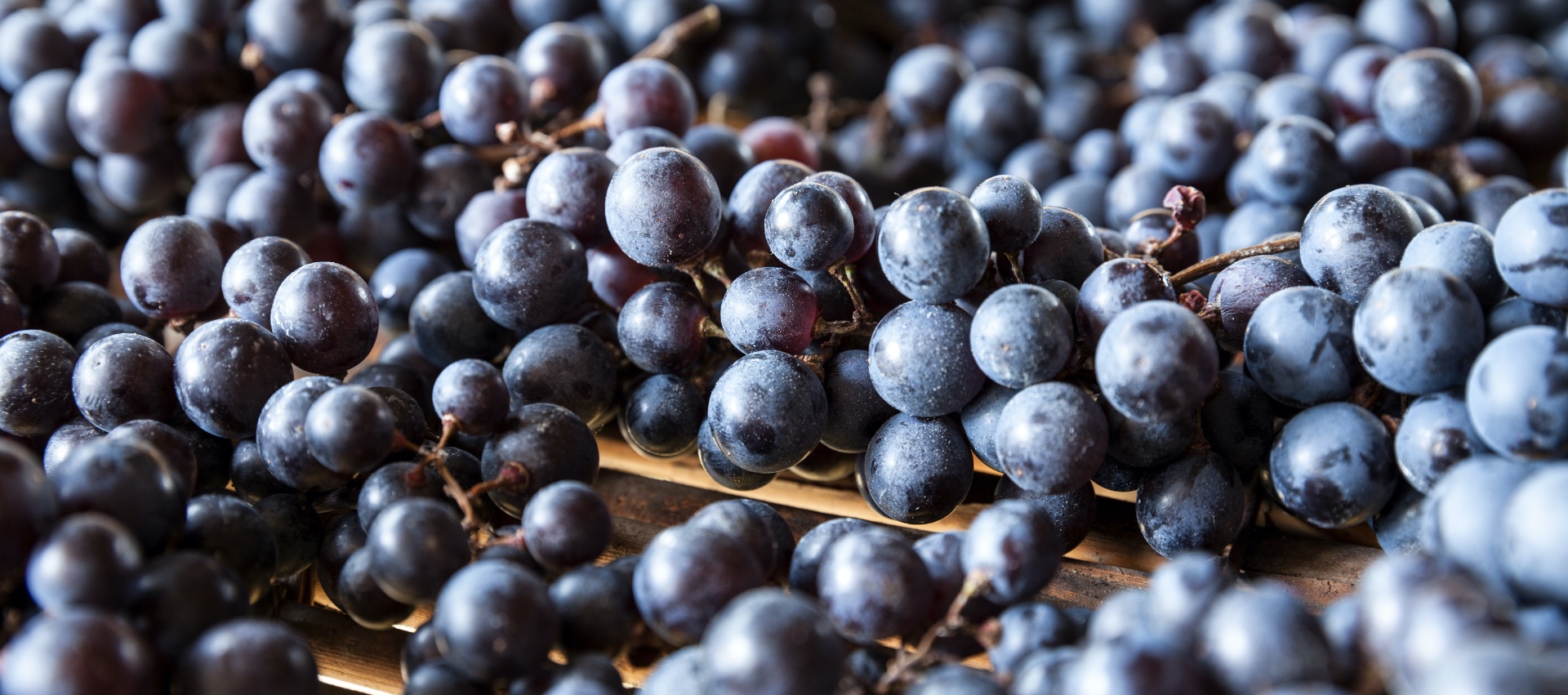Tenute Salvaterra
Terroir
Every so often, glimpses of bedrock jut out from the green landscape dotted with ancient chapels, simple rural churches, stone cottages, opulent Venetian villas, spectacular waterfalls and concealed prehistoric caves. Everywhere there are vineyards, olive trees, cherry trees that colour the hills and valley floors, following the lines traced by dry-stone walls and terraces.

This is our Valpolicella: on the slopes of these valleys, we grow the most famous native grapes of the Veronese region - Corvina, Corvinone, Rondinella, along with a few other minor varieties. It is no coincidence that in the past these places were known as "the gardens of Verona": the landscape's serene beauty, the elegant palaces and the rich and varied cultivation of this land have made it a pleasure to work and live here since ancient times.

Still today, the entire Valpolicella region comprises a series of valleys that combine to form a variously undulating landscape, which to the eye is always changing. Visitors can choose from a variety of ways to explore the region, whether on foot, by bicycle or on horseback. The proximity to Lake Garda gives the region an almost Mediterranean climate, which not only encouraged humans to settle here in prehistoric times, but also promoted human evolution.
Today, therefore, curious visitors to these valleys will discover traces of a history that runs parallel to the great events we all know: from the succession of peoples (from the Arusnates, region's first inhabitants of Etruscan origin, to the Romans) to the rule of the Scaligeri and government by the Most Serene Republic of Venice until the region's merger with Verona and therefore the rest of Italy. Clues to these moments in history are to be found everywhere: on the sculpted facades of churches and villas, on balconies and dovecote towers and in the architecture of the rural courtyards. They include engravings, frescoes, bas-reliefs, statues and monuments, capitals and tombstones, but also apparently anonymous artefacts that one can come across by chance, for instance in an endless treasure hunt. In this way you can discover, for example, that a large, round stone with a hole in the middle that you mistook for a rudimentary stool is actually the counterweight of a Roman grape press... evidence that the vine has always accompanied man here in Valpolicella.
This is a history that repeats itself: just as in the past, when the populations sought out the most suitable soils and the best exposure for their grapes, selecting the most suitable varieties for their agricultural and food purposes, so do the wine producers today, combining ancient rural traditions with contemporary knowledge and techniques.
Our Valpolicella, as we think and live it, is also the product of ancient and modern techniques: passion for the land that we have been passing on for generations, and a daily commitment to overcoming new challenges that project us into the future. It is a fascinating adventure that we are passionate about.
Just come to Valpolicella.
Even if it's just once.
